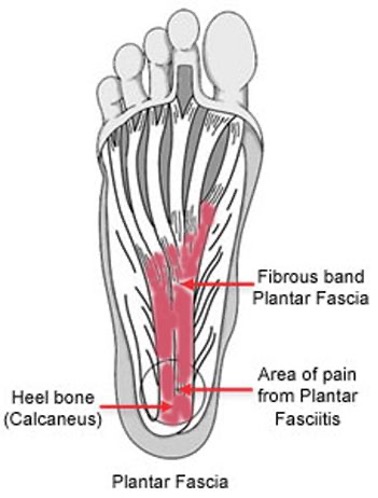Do you sometimes feel a twinge in your shoulder? Maybe just a niggling pain? Or do you get an odd crackling sensation every now and again? (It’s called crepitus, which we think sounds just like it feels.) The shoulder can be a pretty unstable joint – not surprising given that it’s the most moveable joint in the human body. The muscles surrounding the joint work to stabilise and support it. Unfortunately, modern movement patterns even among fitness fanatics and manual workers don’t always keep these muscles strong and stretched enough to do this. Poor posture (especially around technology) tends to make things even worse. Read on to discover three of our favourite exercises for strong, stable shoulders. Of course, we always recommend you chat with your physio first if you’re currently injured or have not done much exercise before. We are here to make sure that you’re helping not hindering your shoulder recovery.
3 Exercises to Try Today (No Elaborate Equipment Necessary.)
Shoulder Press:
This exercise targets the deltoid muscles, which are responsible for lifting the arm overhead. You don’t need to purchase dumbbells if you don’t already have some. You could use water bottles or cans of beans. If you have not trained with weights before, or even if you have, but have had to rest recently because of injury, we recommend you work with lighter weights. (So, two cans of something from the pantry should be perfect.) Start by holding the weights just above your shoulder, elbows bent and palms facing forward. Press the weights overhead, keeping your core engaged and your back straight. Lower the weights back down to your shoulders and repeat.
External Rotations:
This exercise targets the rotator cuff muscles, which help to stabilise the shoulder joint. Lie on your side. (If you’re working on a rotator cuff injury lie on your uninjured side.) Grab that can of beans/water bottle/dumbbell with the hand of the arm you’re working and hold it just off the floor. Rest your upper arm along the side of your rib cage, bending your elbow to a 90-degree angle. Keep the arm bent and rotate through the shoulder so you lift the bottle towards the ceiling. We recommend you use lighter weights and complete more repetitions – especially if you’ve been experiencing shoulder pain. You can save yourself the effort of getting up and down off the floor by purchasing a resistance band, which you can tie to a door handle. If you find this exercise effective, we’d recommend you get one.
Wall Angels:
This exercise targets the muscles that stabilise your shoulder blades (and you can pretend you’re making snow angels!) Stand with your back against a wall, with your feet a few inches away from the wall. Raise your arms to shoulder height, bending your elbows to 90 degrees (kind of like the “stick ‘em up” position you might see in old gangster movies). Slowly slide your arms up the wall, always keeping your elbows and wrists in contact with the wall. Once you’ve reached as high as you can, pause for a few seconds before lowering your arms back down to shoulder height.
These are just three of our favourites. For a detailed and personalised exercise plan to address your particular shoulder concerns give us a call at (08) 9203 7771 to make an appointment with one of the physiotherapists at Next Generation Physiotherapy. We look forward to working with you toward your improved health.
References:
Ekka, S. (2022, February 23.) 12 Easy Rotator Cuff Tear Exercises For Shoulder Pain Relief. [Online] Available at https://physiosunit.com/rotator-cuff-tear-exercises-shoulder-pain/. Accessed on 23/02/2023.




